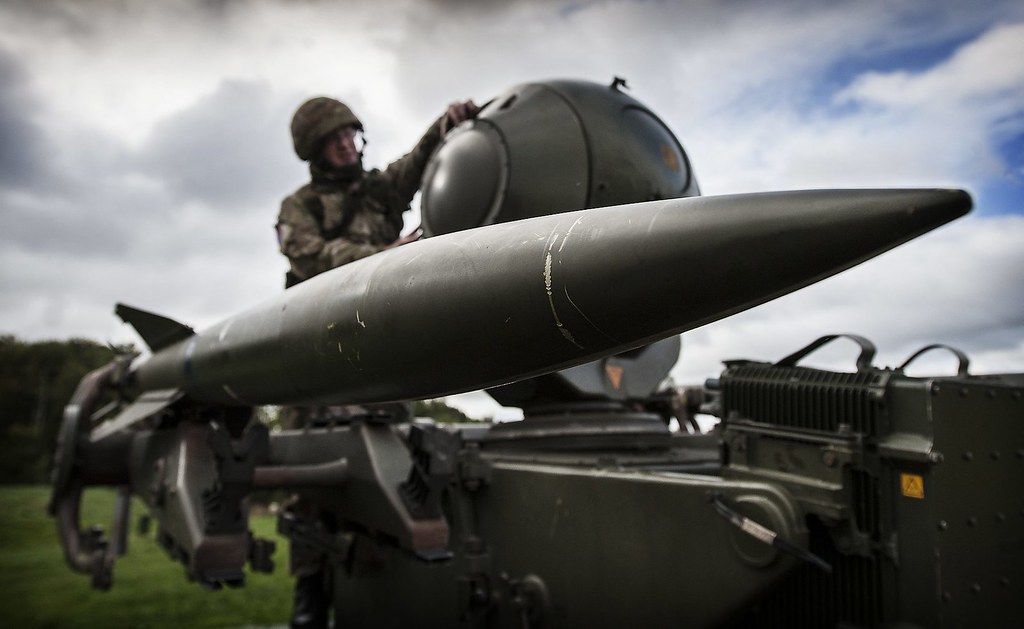Context:
Israel’s air defence system successfully intercepted over 99% of incoming projectiles launched by Iran, which included armed drones and long-range missiles.
More on the news:
- Israel’s sophisticated air defense system successfully thwarted a significant attack when Iran launched over 300 drones and missiles towards Israel.
- The Israeli Defense Forces effectively intercepted the incoming attack. It resulted in only a few missiles striking their target and causing minimal damage, injuring a single child.
- The Iranian aggression was in retaliation for Israel’s earlier strike on its consulate in Damascus, Syria, which resulted in the deaths of several Iranian military officials.

Components and Functionality of the Defence System
Israel responds to threats by targeting projectiles at the terminal stage and relies on early radar warnings, intelligence gathering, and swift deployment of air defence systems. Each component of the system is designed to counter specific threats:
- Arrow 2 and Arrow 3 intercept long-range ballistic missiles.
- David’s Sling targets cruise missiles and aircraft.
- Iron Dome is used to counter rockets, artillery & mortars (C-RAM), aircraft, helicopters, and unmanned aerial vehicles.
- Patriot systems intercept a range of missiles and aircraft.
- These defence systems work in tandem and are integrated to provide comprehensive protection against aerial threats.
- Furthermore, Israel collaborates with allies like the United States, the United Kingdom, and France to enhance its defence capabilities.
- Israel continues to enhance its air defence capabilities with developments such as the Iron Beam, which uses laser technology to intercept threats.
India’s multi-layered air defence system
It shields against aerial threats by integrating radars, missiles, and guns for early warning, detection, and engagement at varying ranges.
- Early Warning: Long-range radars, AWACS (Airborne Early Warning and Control Systems) aircraft, and air surveillance radars provide crucial detection.
- Defence Layers: Short, medium, and long-range missile systems (like Akash, Barak-8) target threats at different altitudes.
- Akash: Medium-range Indian SAM (Surface-to-Air Missile) system (30 km) for jets, missiles, and UAVs.
- Advanced Air Defence (AAD): Complements Akash, defending against lower-altitude threats (15-30 km).
- Prithvi Air Defence (PAD): High-altitude air defence, first line against ballistic missiles.
- S-400: Most advanced long-range SAM system (400+ km) for various aerial targets.
Ballistic Missile Defence (BMD): India’s Ballistic Missile Defence (BMD) program is a two-phased effort:
- Phase I (complete): Under Phase-I, India has a two-tiered BMD system, consisting of the Prithvi Air Defence Vehicle (PAD)/Prithvi Defence Vehicle (PDV) and the Ashwin Advanced Air Defence (AAD) interceptors. It targets missiles under 3,000 km with PAD and AAD interceptor missiles, protecting key areas.
- Phase II (ongoing): Focuses on missiles over 5,000 km with the new AD-1 and future AD-2 interceptors, aiming for a more comprehensive shield.
- Integration & Command: The entire system is managed by a network of communication systems and Integrated Air Defence Control centers.
Conclusion:
A multi-layered air defence system showcases a comprehensive approach to countering aerial threats. With ongoing developments of ballistic missile defence programs, India continues to strengthen its capability to defend against diverse airborne dangers, ensuring greater security and preparedness in the face of evolving challenges.

